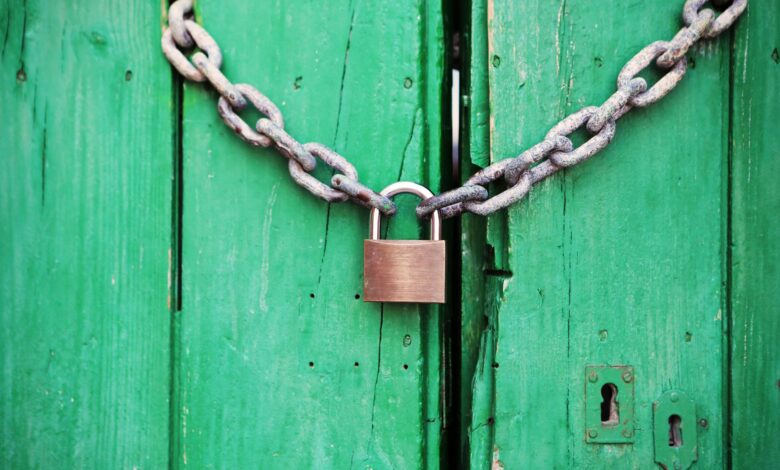
These days, secure connections are the backbone of online trust. Whenever you visit a website that has HTTPS in the URL, you’re engaging in a secure communication channel between your browser and the server. However, even with all the advancements in cybersecurity, users still frequently encounter messages like “Secure Connection Failed” or “Your connection is not private.” These errors can be frustrating, especially when they interrupt important tasks. Let’s explore why secure connections fail and how you can fix them.
Common Causes of Secure Connection Failures
- Incorrect System Date and Time
One of the most overlooked causes of SSL errors is an incorrect system clock. SSL certificates rely heavily on time validation. If your device’s date and time settings are significantly off, it can cause the browser to reject otherwise valid certificates.
- Expired or Invalid SSL Certificates
Websites use SSL certificates to verify their identity and encrypt communication. If a certificate has expired, is not issued by a trusted certificate authority (CA), or is misconfigured, browsers will flag the connection as insecure. For a deeper dive into one of the most common SSL-related browser errors, take a look at this helpful guide on what is ERR_SSL_PROTOCOL_ERROR, which outlines causes and workarounds in more detail.
- Antivirus or Firewall Interference
Some antivirus programs and firewalls scan HTTPS connections, which can sometimes interfere with the browser’s ability to verify SSL certificates. While these features are intended to protect you, they can cause unintended disruptions.
- Browser Issues or Extensions
Outdated browsers or problematic browser extensions can also lead to SSL errors. If your browser has cached bad certificate data or if an extension is tampering with requests, secure connections may fail.
- Network Problems or Public Wi-Fi
Sometimes, the issue lies not with your device or the website but with the network. Public Wi-Fi networks, especially those requiring login through a captive portal, often interrupt secure connections until the portal is accessed.
- Server Misconfiguration
On the website’s end, a misconfigured server can cause SSL handshake failures. Incorrect protocol settings, missing intermediate certificates, or unsupported ciphers may prevent browsers from establishing a secure connection.
How to Fix Secure Connection Failures
- Check Date and Time Settings
Ensure your computer or mobile device is set to the right date and time. Enable automatic syncing with internet time servers if possible. - Update Your Browser
Always use the latest version of your web browser. Browser updates frequently include improvements to SSL handling and enhanced security features. - Clear Cache and Cookies
Clearing the browser’s cache and cookies can resolve errors caused by outdated or corrupted data. - Disable Problematic Extensions
Temporarily disable extensions to identify if any are interfering with SSL connections. Re-enable them one by one to find the culprit. - Adjust Antivirus Settings
If you suspect your antivirus is blocking SSL certificates, try disabling HTTPS scanning temporarily. Refer to your antivirus provider’s documentation for safe configuration practices. - Use a Different Network
Switch to another network to determine if the problem lies with your current internet connection. This is particularly useful when using public or shared Wi-Fi. - Contact Website Support
If all else fails and the issue appears to be on the website’s end, contact the site administrator. They may not be aware of the issue or might be in the process of updating their certificates.
Final Thoughts
Secure connection failures can stem from various sources ranging from simple device misconfigurations to complex server issues. By knowing the underlying causes and applying the right fixes, you can quickly restore access and maintain a safe browsing experience.



